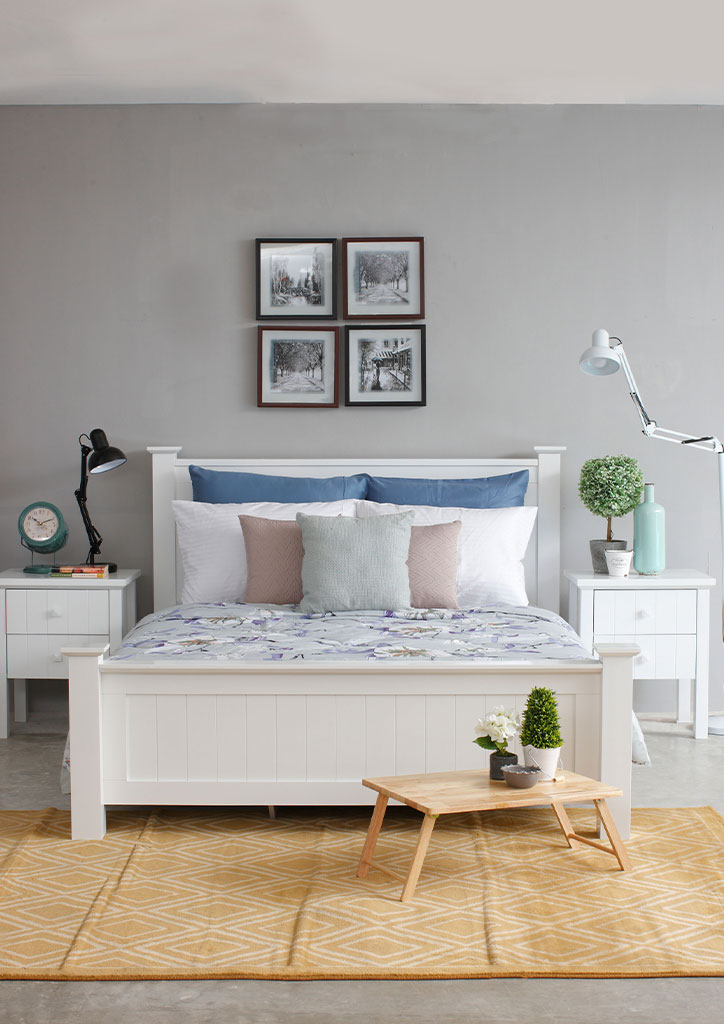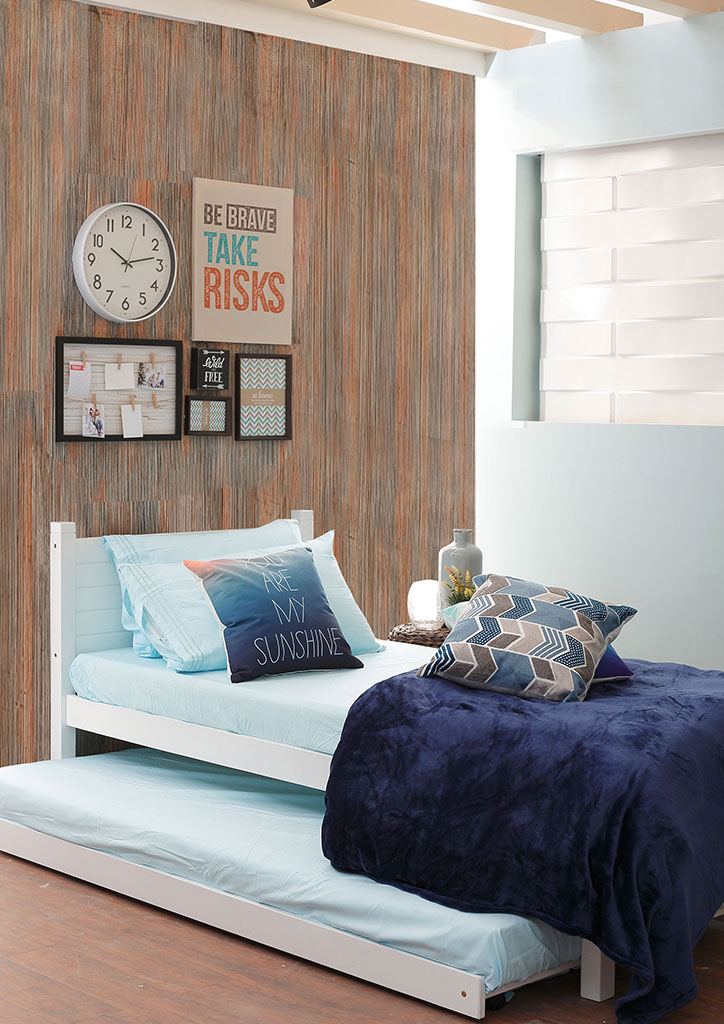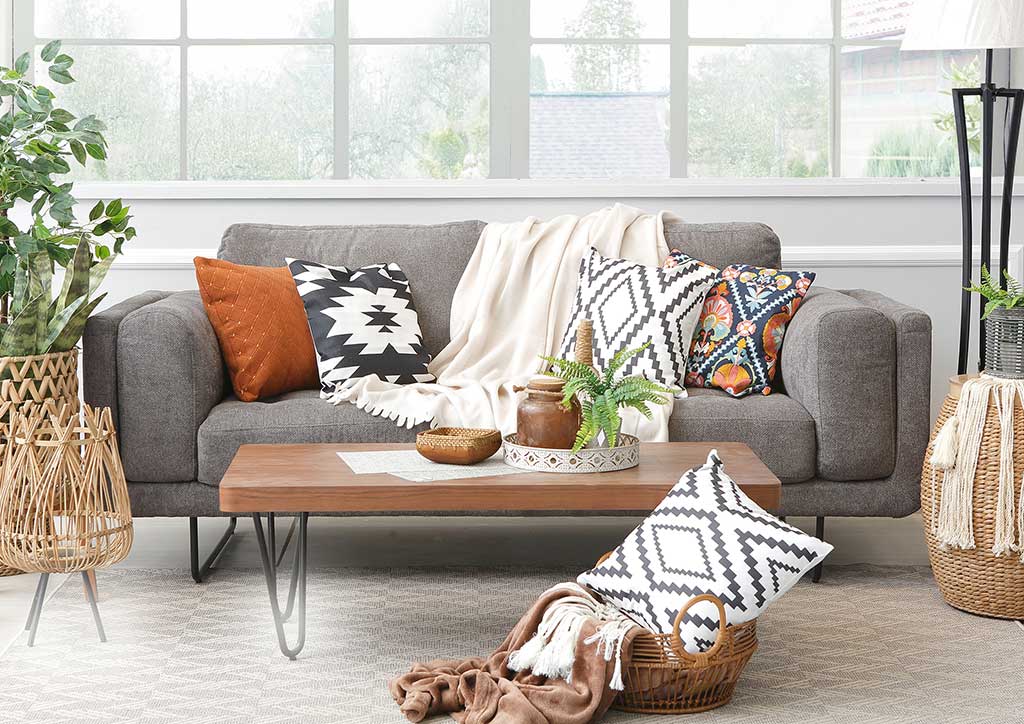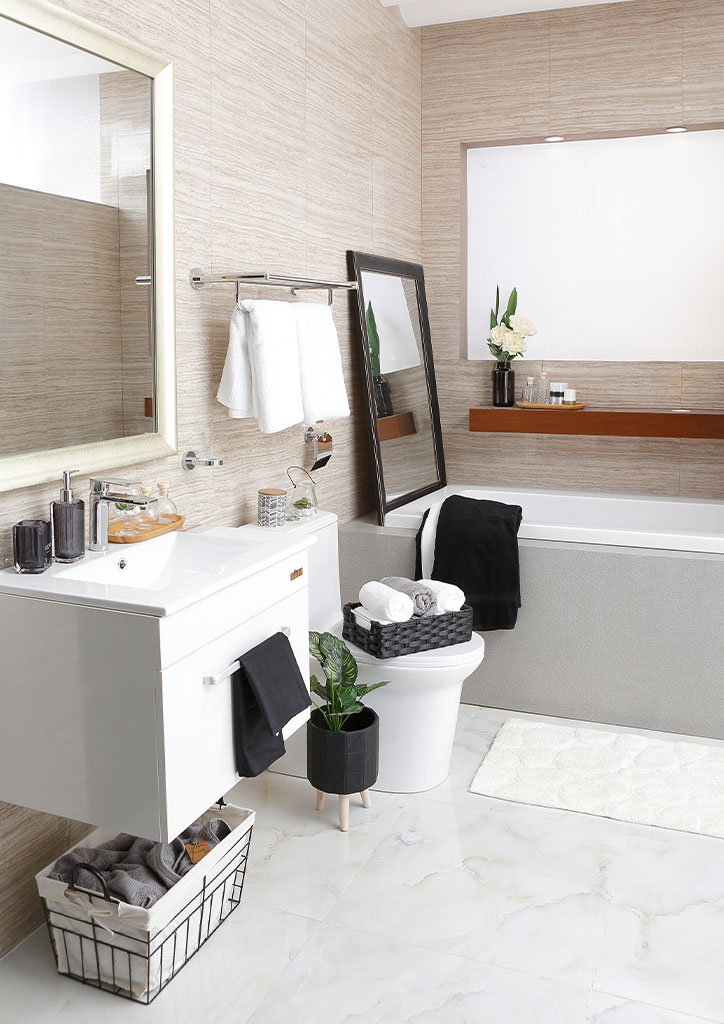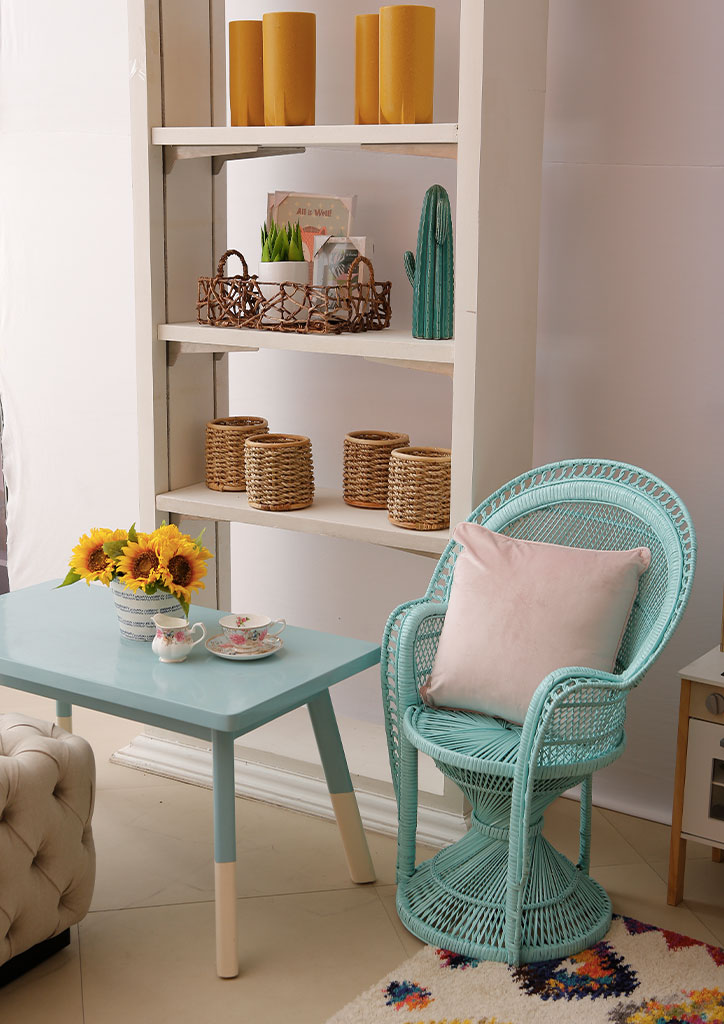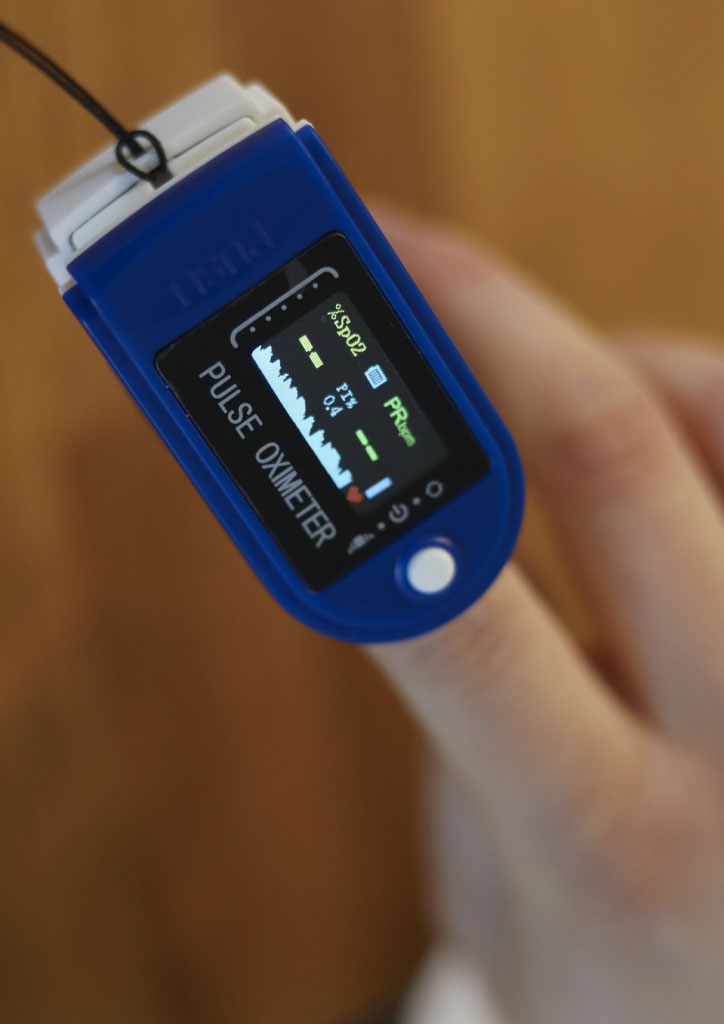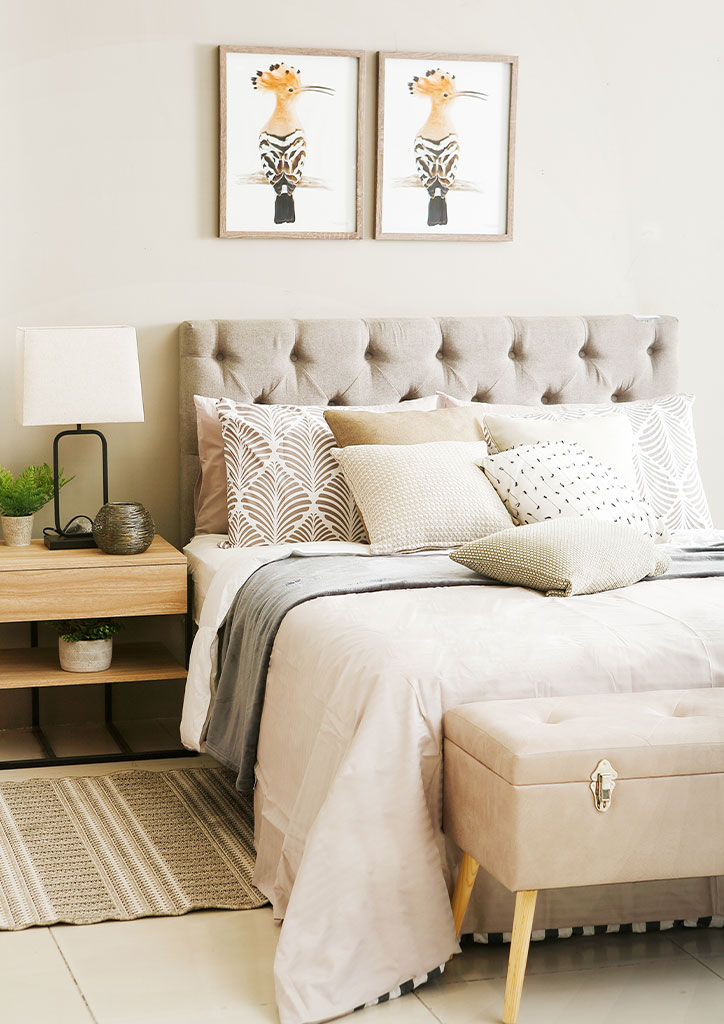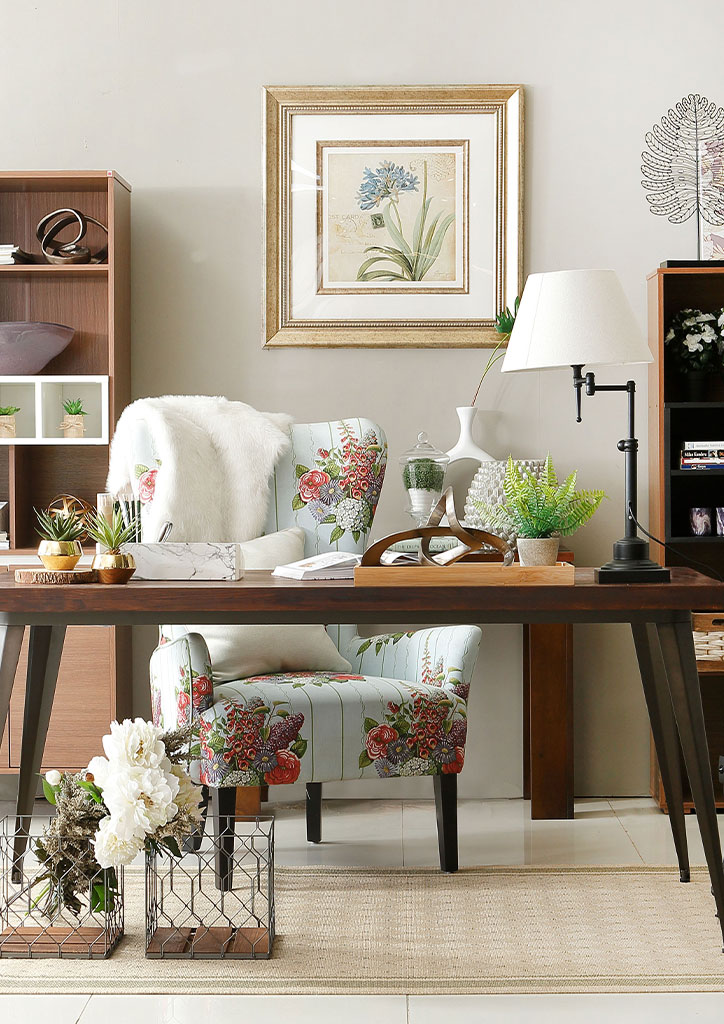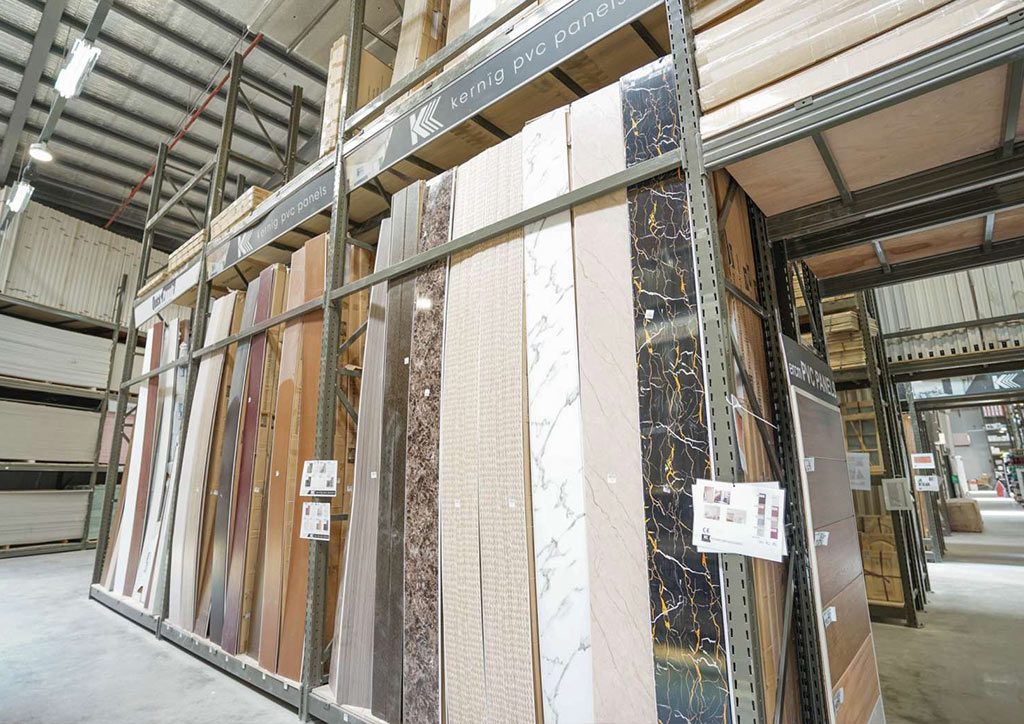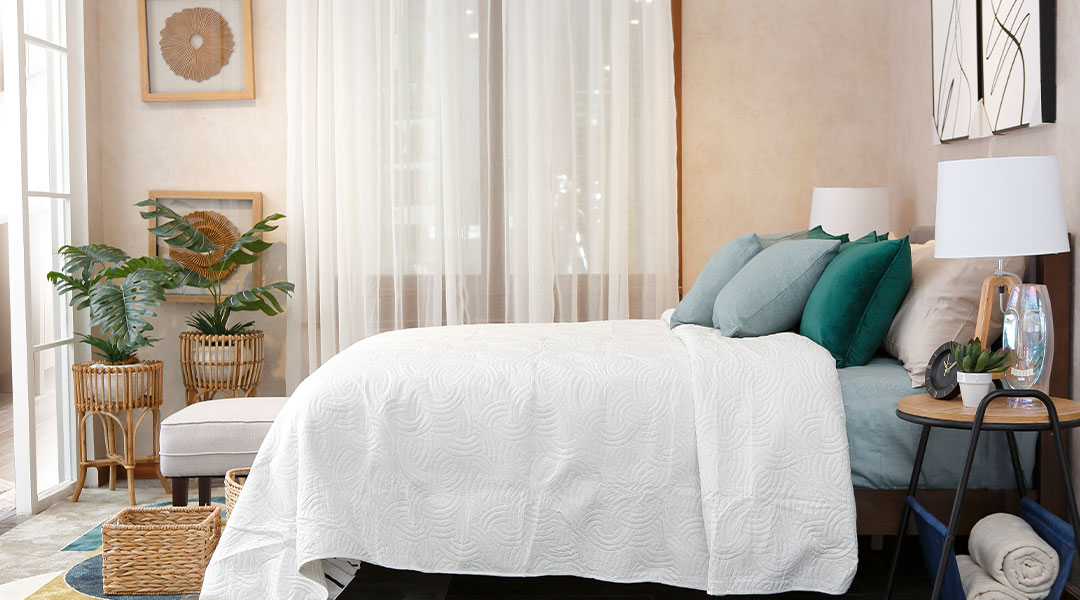
A Safe Space: Tips to Set up Your Own COVID Isolation Room at Home
Build your own isolation room using products from AllHome
The pandemic is an ongoing battle that we have still yet to win. New variants have sprung and pose an even greater threat to us, so it’s not enough that we wash our hands and wear our masks outside. Staying at home is still one of the surest ways to keep ourselves safe from contracting the virus. But what if you live with someone who has been exposed to the virus or is showing symptoms? With hospitals in full capacity, home isolation rooms seem like a practical choice. Any room in your house can serve as your own isolation room, given that you tick off everything that’s necessary to set one up. Here’s how you can get started:
Selecting the isolation room
Before setting up the isolation room, you must first pick the ideal room in the house to use. The room must be well-ventilated and have access to open windows. Air conditioning should be disabled. If possible, the room should have its own bathroom. Otherwise, it should at least be close to one.
Once you’ve chosen the room, remove all the clutter and unnecessary furniture such as a sofa bed and office chair. Only leave furniture that are easy to clean and do not retain dirt or moisture within it or around it. Post a sign on the door indicating that the space is an isolation room to inform all members of the household.
Equip the room with the proper tools
Everything that the patient will need must be accessible to him in the room. Stock the sink with hand soap. Set up a table near the door and near the patient’s bed for rubbing alcohol. You can also place a table with rubbing alcohol outside the door of the isolation room as an extra precaution for healthcare workers or family members who will take care of the patient.
Face masks must be worn by the patient at all times and must be readily available to him. If the room doesn’t have its own bathroom, provide vomit bowls, waste disposal bags for contaminated items, and appropriate bins for waste. Keep the bins inside the isolation room and disinfect them after taking out the waste bags. You may also place a puncture-proof container for disposal of sharp objects inside the isolation room.
Provide dedicated non-critical patient-care equipment such as a digital thermometer, pulse oximeter, stethoscope, and blood pressure cuff to the patient. This would make it easier for him to monitor his health regularly. Make sure these items are also disinfected after every use for his own safety. If these items need to be shared, sterilize them thoroughly before and after use.
Other belongings of the patient must be kept at a minimum. Keep water pitchers and cups, tissue wipes, rubbing alcohol, and all items necessary for personal hygiene within the patient’s reach.
Cleanliness is key
One of the most important things to remember when maintaining an isolation room is to ensure scrupulous daily cleaning of the area. Regular sterilization is needed to limit the spread of the virus on surfaces and equipment. Keep cleaning items and disinfectants inside the isolation room so they’re dedicated to that area only. If there are equipment or items from the room that need to be sterilized, store them in a container with a lid outside the door so as not to contaminate other items. Make sure to also disinfect the container itself.
When cleaning the isolation room, make sure to disinfect “high-touch” surfaces daily and thoroughly. High-touch surfaces are those that are always in contact with people, whether they’re sick or not. These include counters, tabletops, doorknobs, handles, light switches, remote controls, bathroom faucets, toilet, keyboards, bed frames, and bedside tables. You may also practice this with your own personal gadgets such as phones, mouse, laptop, tablet, and other electronic devices. After disinfection, wash your hands for at least 20 seconds with soap and water even if you used gloves.
If there are spaces that need to be shared, such as the bathroom and the kitchen, make sure these are well-ventilated. Keep the door and windows open. If possible, avoid eating meals at the same time with the patient to limit exposure to them. All members in the household are also advised to keep a safe distance of 6 feet away from one another. It’s also important to remember that even if some spaces may be shared, you must never share dishes, cups or glasses, silverware, towels, bedding, electronics, and other personal items with the patient.
Get all you need at All Home
Setting up your own isolation room at home is easier and more convenient with AllHome. Everything you need from tables and containers for sanitizing equipment and hygiene items, to trash bins and dedicated personal items like towels and dinnerware are all in one place. AllHome provides commercial brands as well as their own line called “AllHome Exclusives” to give customers products that suit all price points while guaranteeing high quality.
Add to cart all you want at AllHome’s online shopping website and receive your items within 3 to 5 working days after placing your order. AllHome has about 10,000 items at your disposal online and these are continuously updated to ensure you find everything you need when you need them. In-store promos and discounts are also offered on the website.
If you need the expertise of an AllHome employee, you can send a Viber message to an AllHome Personal Shopper. All you have to do is submit an order form or your shopping list. An AllHome personnel will be glad to help and do the shopping for you. Settle your bill through bank transfer and book a delivery service of your own. You may also schedule a delivery service from AllHome.
Your health and safety are top priority at home. Build your own isolation room with these tips and items from AllHome.
To see all of AllHome’s products, visit their website. Stay updated on the latest news and products by following AllHome on Facebook and Instagram.
